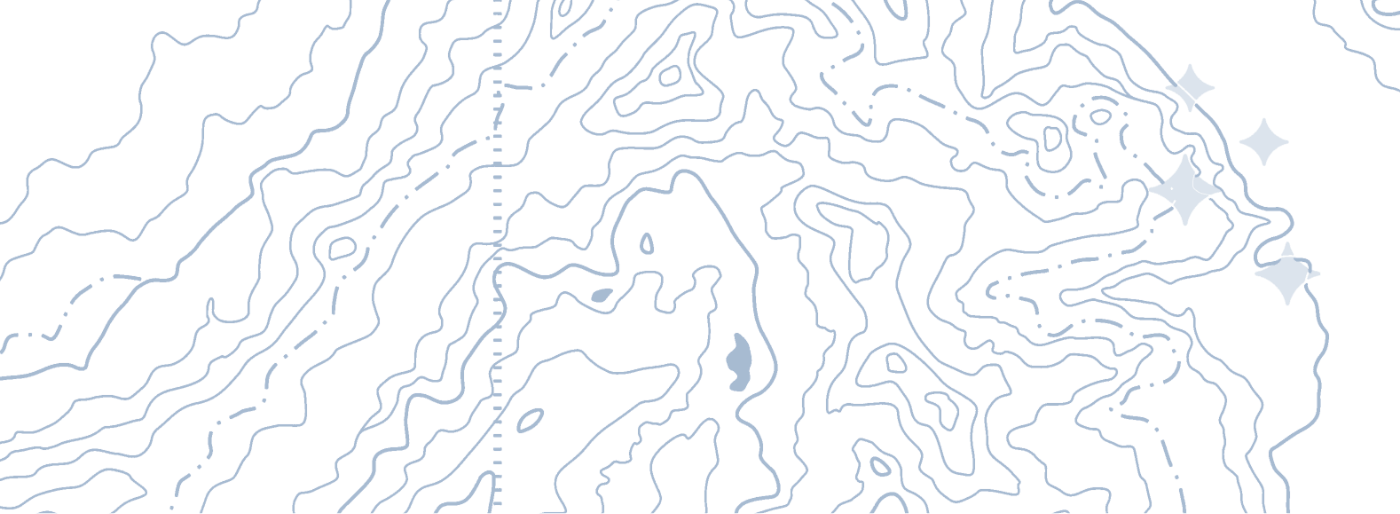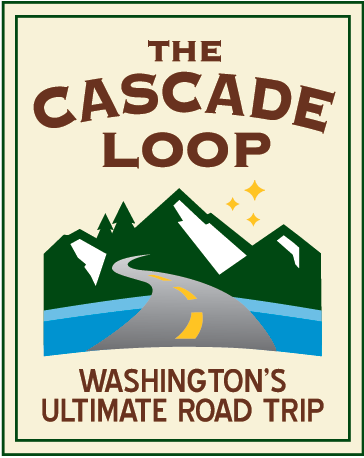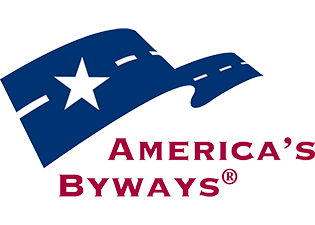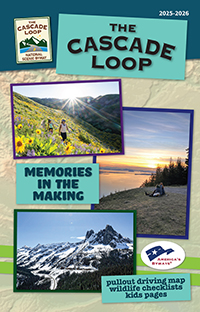The Night The Mountain Fell
By Roni Freund -- Take a step back in time to December 14, 1872 in what was at that time Washington Territory. Ulysses S. Grant had just been elected president for his second term, and Boston was still recovering from the Great Fire that destroyed much of the city in November of that year. You had to draw water from a well, light your cabin with oil lamps, and typically folks would retire for the night shortly after sundown, when the evening chores were completed, and supper dishes were cleaned.
On that night, at almost 10pm, folks across the region were awakened by a massive earthquake. Contemporary accounts describe the earth rolling from North to South, no jolting bumps, just the feeling like walking on the deck of a ship in rough seas.
The earthquake impacted an area of the Pacific Northwest over 625,000 miles – from Salem Oregon in the South, to Victoria, BC in the North, across Idaho into Montana and much damage was sustained in the populated areas west of the Cascades. In Seattle buildings rocked, trees shook, items and fell off shelves. Pendulum clocks were stopped by the offsetting rocking, or started up again, if they had been stopped. Plaster walls cracked and lamps tipped over.
Prior to the event, Lake Union had been flat calm, but the quake caused a tidal wave several feet high. In Olympia there were reports of fireplaces crumbling.
Jack Splawn (also known as Moses Splawn) was a cowboy and resident of Yakima City at that time. He explained that he and the other cowboys on the ranch had just completed the year’s branding and were celebrating at the Sagebrush Saloon, when the building began rocking and they ran outside to see what hoodlums were trying to tip the house over.
While some folks dealt with milk sloshed out of the pail, and knickknacks falling off the shelf, the residents of North Central Washington, especially indigenous tribes who lived along the Columbia river near Chelan witnessed a far more catastrophic event. It is known locally as “the night the mountain fell.”
While there was no seismologic equipment in place seventeen years before Washington became a state, experts studying the damage and geologic features believe the quake was between 6.5 and 7.5 in magnitude. That makes it one of the largest on record in the state.
For 143 years it was a mystery where the epicenter of this earthquake could be found. In 2015 geologist Brian Sherrod painstakingly surveyed a canyon between Chelan and Entiat, where he found a fault and was able to definitively prove it to be the source of the quake.
(Sources: LiveScience.com, Seattle Times)












